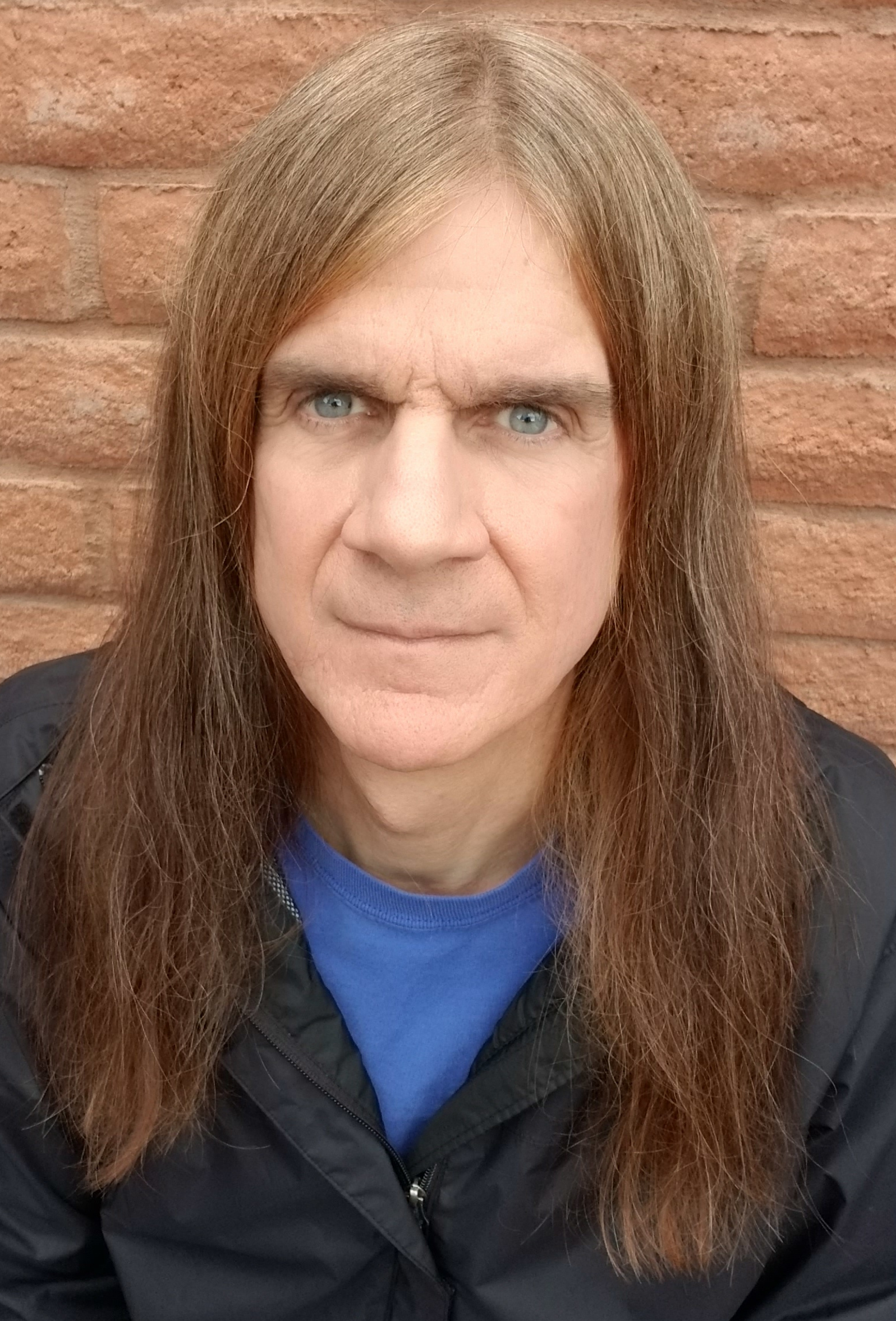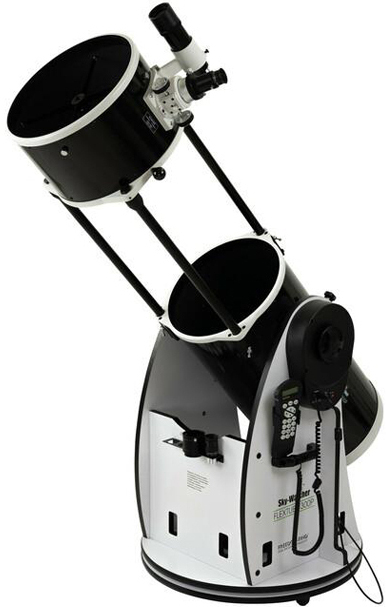 Sedona Night Sky Tours
Sedona Night Sky Tours
 Sedona Night Sky Tours
Sedona Night Sky Tours

For Individuals or Small Groups
Personalized to You
Interactive and Unscripted
Immersive Connection with Nature
Educational
Fun, Relaxed Pace

Your Sedona experience does not need to end when the Sun sets and it gets dark. Sedona is a wonderful place to see the night sky. Just look up on any clear night, and you can see the Milky Way and a myriad of stars and constellations. With a telescope, you can see a lot more!
Sedona was certified as a Dark Sky Community in 2014, which means that development is done according to guidelines designed to keep the night sky free of light pollution. Sedona Night Sky Tours is in the nearby Village of Oak Creek (south of Sedona on this map), a smaller place that is also a Dark Sky Community. The skies are even darker than in the City of Sedona.
Sedona is in a high-altitude desert climate zone, and the outdoor temperature can drop quickly after sunset. You will need a jacket or coat, except during the summer.
The tour's observing location has a comfortably-heated indoor space with restrooms, so you can enjoy the night sky while having a warm-up space to hang out in if you get cold.

A night sky tour would not be as much fun without a good telescope.
The telescope used in the tour is a computerized Dobsonian with a 12" primary mirror that shows objects 1900 times brighter and more detailed than with the unaided eye. It is motor-driven and computerized, and automatically points to tiny, faint objects that would be very difficult to find manually.
"Dobsonian" refers to the style of the telescope's mount. It was developed in the 1960s by John Dobson, who loved bringing astronomy "to the streets" by placing large telescopes on the sidewalk and showing amazing views to passersby.
The telescope's optics are Newtonian, a design invented in the 1600s by Isaac Newton, the famous mathematician and physicist. It uses mirrors instead of a lens to collect and focus light. Since the beginning of the 19th century, the world's largest telescopes have used derivatives of this design. I love the simplicity of classic Newtonian optics! It produces clear, bright images that in my opinion, more directly connect the viewer with the object, as compared to more modern and more complicated optical designs. It also produces 4-sided spikes of light emanating from stars, an artifact of the optics that many people consider very beautiful.
The magnification we can use during a tour is always limited by the steadiness of the atmosphere, which always has some turbulence that affects what astronomers call "seeing". When the atmosphere is more turbulent, it creates a "lens" of irregular shape between the telescope and outer space that degrades the image quality. We can use magnification up to 250 times when atmospheric conditions permit.
I am generally easygoing, relaxed, and friendly. I love sharing what I know about astronomy, and I like to get the details of everything just right. I like answering questions, and I get along well with children and young adults. I am good at explaining technical things. I really love it when I am interacting with anyone who wants to really understand what I am sharing. I can make complicated aspects of astronomy easy for you to understand.
The full story of my involvement with astronomy is too long to include on this page. If you want to read it, click here.
I will show you many objects during the tour. Here is a list of what may be included:
I try to show as many different kinds of objects as I can during each tour, however, I must pick from what is available at the time.
What you will see on a particular tour depends mainly on the time of year. For example, many distant galaxies are visible during springtime, and objects within the Milky Way are visible starting early in the summer.
If you are especially interested in a particular type of object or subject, let me know in advance so I can plan a tour oriented towards your interest.
The cost of the tour is $150 for each adult, plus $25 for each child under 18 years old.
The main part of the tour will start about one hour after sunset, and it will last about two hours.
I may ask you to arrive around sunset or a little later, while there is still daylight. It will help you to get oriented.
The tour will take place in the Village of Oak Creek, a 20 minute drive from the center of West Sedona. I will give you specific directions to the observing location after you schedule a tour.